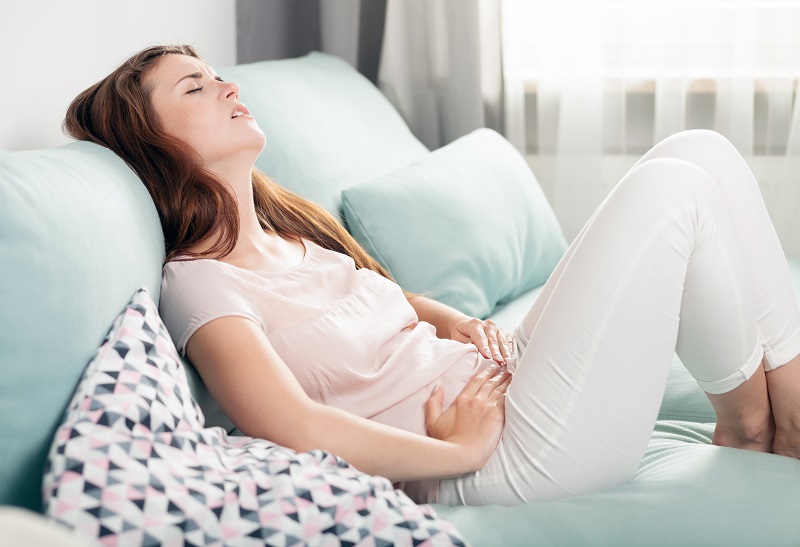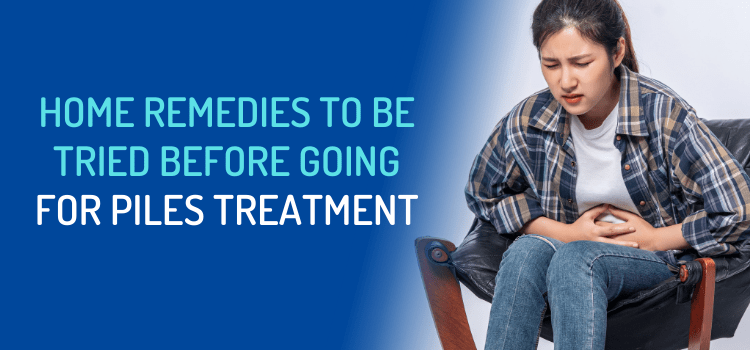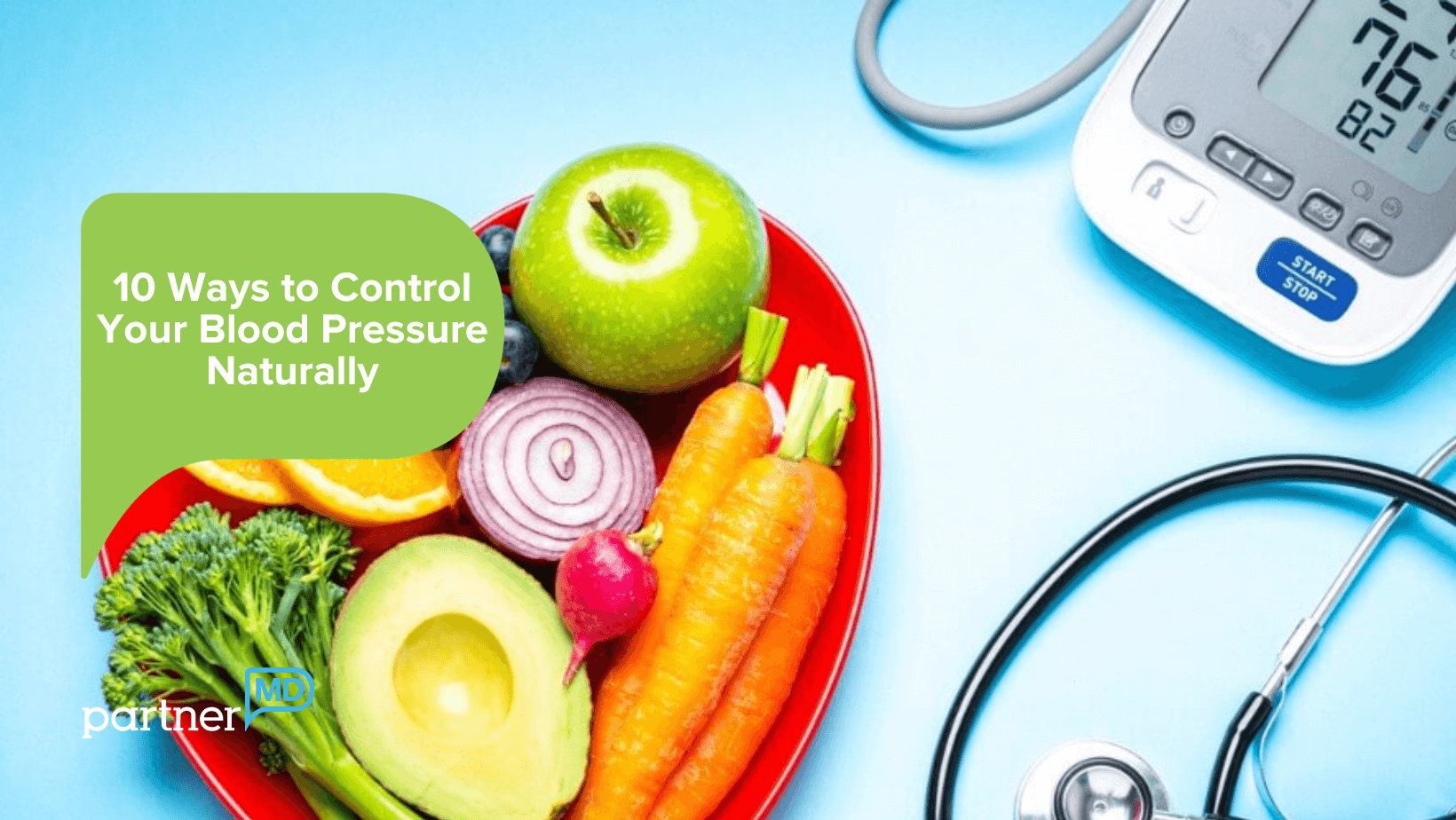
What is Menstruation and How Many Days Does a Girl Have Her Period?
Menstruation, also known as a period, is a natural biological process that occurs in the female reproductive system. It is part of the menstrual cycle, which prepares a woman’s body for pregnancy each month. During menstruation, the uterus sheds its lining, resulting in bleeding through the vagina. This process typically begins during puberty, usually between the ages of 10 and 15, and continues until menopause, which generally occurs between the ages of 45 and 55.
The duration of a girl’s period can vary, but on average, menstruation lasts between 3 to 7 days. Some girls may experience shorter periods, while others may bleed for a full week. The menstrual cycle itself, which is the time from the first day of one period to the first day of the next, usually lasts around 28 days, but it can range anywhere from 21 to 35 days depending on the individual. Factors like age, hormonal balance, stress, diet, and physical activity can influence the regularity and length of both the cycle and the period.
Understanding menstruation is important for recognizing signs of a healthy reproductive system. It can also help young girls and women manage their periods more comfortably and recognize any potential issues such as irregular cycles, heavy bleeding, or severe pain, which might require medical attention. Using sanitary products like pads, tampons, or menstrual cups helps maintain hygiene during menstruation. If a period becomes irregular or stops unexpectedly, it’s advisable to consult a healthcare provider to rule out any underlying health concerns.
This information helps parents, educators, and young girls understand what menstruation is, how long a period typically lasts, and why tracking the menstrual cycle is important for overall health and well-being.
Understanding the Girls’ Menstrual Cycle and What to Do If Menstruation Stops
The menstrual cycle in girls is a natural, recurring process that prepares the body for the possibility of pregnancy. It typically begins during puberty, usually between the ages of 10 and 15, and is marked by monthly periods. A complete menstrual cycle lasts about 28 days on average, although it can range from 21 to 35 days. The cycle includes several phases: menstruation (bleeding), the follicular phase (when the body prepares an egg for release), ovulation (egg release), and the luteal phase (preparation for a potential pregnancy). If pregnancy does not occur, the uterine lining sheds, resulting in a period.
It’s normal for girls to experience irregular periods during the first few years after menstruation begins, as the body adjusts to hormonal changes. However, if a girl suddenly stops menstruating for more than three months—a condition known as amenorrhea—it may be a sign of an underlying health issue. There are several possible causes, including stress, excessive exercise, sudden weight loss, eating disorders like anorexia or bulimia, hormonal imbalances (such as polycystic ovary syndrome or PCOS), thyroid issues, or even pregnancy.
If a girl stops getting her period, it’s important not to ignore the situation. The first step is to track any changes in lifestyle, diet, or emotional stress that might be affecting the body. If menstruation does not return after a few months, it’s recommended to consult a healthcare provider. A doctor can perform a physical examination, ask about medical history, and run tests to determine the cause. In many cases, treating the underlying condition or making lifestyle adjustments can help restore a regular cycle.
Maintaining a balanced diet, managing stress levels, and avoiding extreme physical exertion are essential for a healthy menstrual cycle. Understanding the menstrual cycle and recognizing abnormal changes can empower girls to take charge of their reproductive health and seek timely medical advice when needed.
Why Do Girls Have Their Period and What Are the Symptoms of Menstruation?
Girls have their period as a natural part of the menstrual cycle, which is the body’s way of preparing for a possible pregnancy each month. The period, also known as menstruation, occurs when the uterus sheds its lining because no fertilized egg has implanted in it. This lining, made up of blood and tissue, exits the body through the vagina. Menstruation typically starts during puberty, usually between ages 10 and 15, and continues until menopause, which generally happens between the ages of 45 and 55.
The main reason girls have their period is due to hormonal changes in the body. Each month, the hormones estrogen and progesterone rise and fall, triggering the ovaries to release an egg in a process called ovulation. If the egg is not fertilized, the body no longer needs the thickened uterine lining, so it breaks down and is discharged as menstrual blood. This cycle is crucial for reproductive health and signals that the body is functioning normally.
Before and during their period, many girls experience symptoms of menstruation, which can vary in intensity. Common symptoms include cramping or pain in the lower abdomen, bloating, breast tenderness, headaches, mood swings, irritability, fatigue, and acne breakouts. Some may also experience digestive changes such as constipation or diarrhea, as well as lower back pain. These symptoms are caused by hormonal fluctuations and the physical process of the uterus contracting to shed its lining.
Understanding why periods happen and recognizing the symptoms of menstruation can help girls feel more confident and in control of their health. Keeping track of the menstrual cycle with a calendar or mobile app can also be useful in identifying any irregularities or patterns. If symptoms become severe or interfere with daily life, it’s a good idea to consult a healthcare provider for guidance and support.



 DailyMediCure
DailyMediCure 








